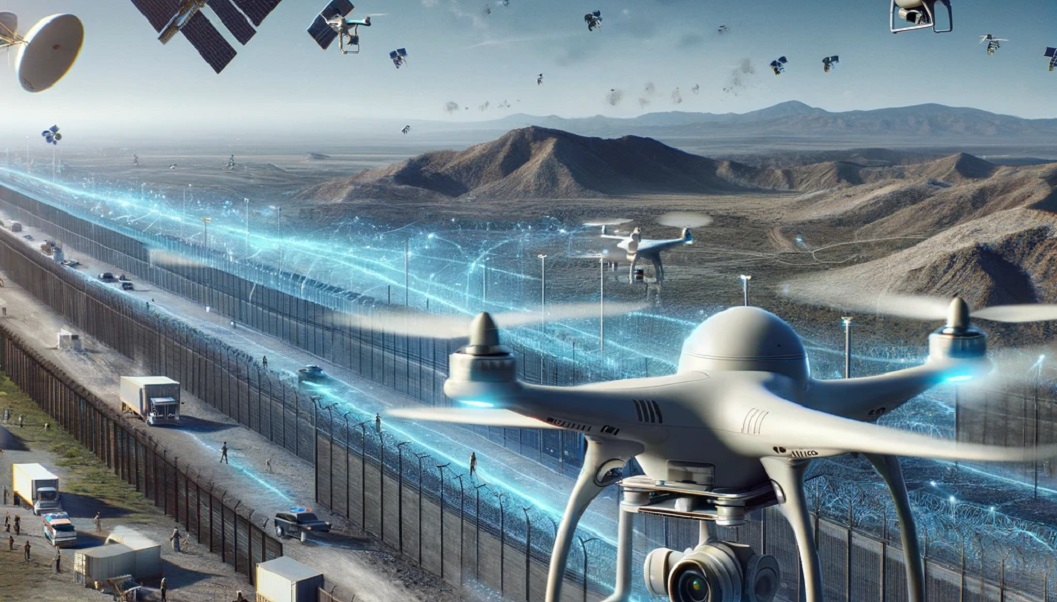Unlocking the Potential: AI-Powered Drones in Telecommunications
DronEye offers a myriad of applications within the telecommunications market. They can streamline network infrastructure inspection by autonomously detecting defects and structural issues, thus facilitating proactive maintenance. These drones also aid in site surveying and planning by providing data on terrain and environmental factors for optimal site selection. Additionally, they play a crucial role in LTE coverage mapping, emergency response, spectrum management, customer support, and security surveillance, offering innovative solutions to enhance network efficiency, reliability, and customer satisfaction.
-
Network Infrastructure Inspection: AI-powered drones can be used for inspecting telecommunication towers, antennas, and other infrastructure. These drones equipped with AI algorithms can detect defects, corrosion, or structural issues in real-time, allowing for proactive maintenance and minimizing downtime.
-
Site Survey and Planning: Drones with AI capabilities can streamline the site survey process for new telecommunication installations. By autonomously surveying terrain and assessing environmental factors, these drones can provide valuable data for optimal site selection and network planning.
-
LTE Coverage Mapping: As previously mentioned, AI-powered drones can be utilized to measure LTE coverage in the air. By flying over designated areas, these drones can capture data on signal strength, interference, and network performance, enabling telecom companies to optimize coverage and enhance service quality.
-
Emergency Response and Disaster Recovery: In emergency situations or natural disasters, AI-powered drones can quickly assess damage to telecommunication infrastructure and relay vital information to response teams. These drones can also assist in restoring connectivity by deploying temporary network solutions or guiding repair efforts.
-
Spectrum Management: AI algorithms integrated into drones can analyze radio frequency spectrum usage and identify potential interference sources. Telecom operators can use this data to optimize spectrum allocation, minimize interference, and improve overall network efficiency.
-
Customer Service and Support: Drones equipped with AI-powered cameras and sensors can be deployed for on-site customer support and troubleshooting. They can remotely diagnose connectivity issues, guide customers through troubleshooting steps, and even perform basic maintenance tasks, improving customer satisfaction and reducing service callouts.
-
Security and Surveillance: AI-powered drones can enhance security at telecommunication sites by autonomously patrolling perimeters, detecting intrusions, and identifying potential threats. Integrating facial recognition and object detection algorithms further strengthens security measures, safeguarding critical infrastructure against unauthorized access or vandalism.



